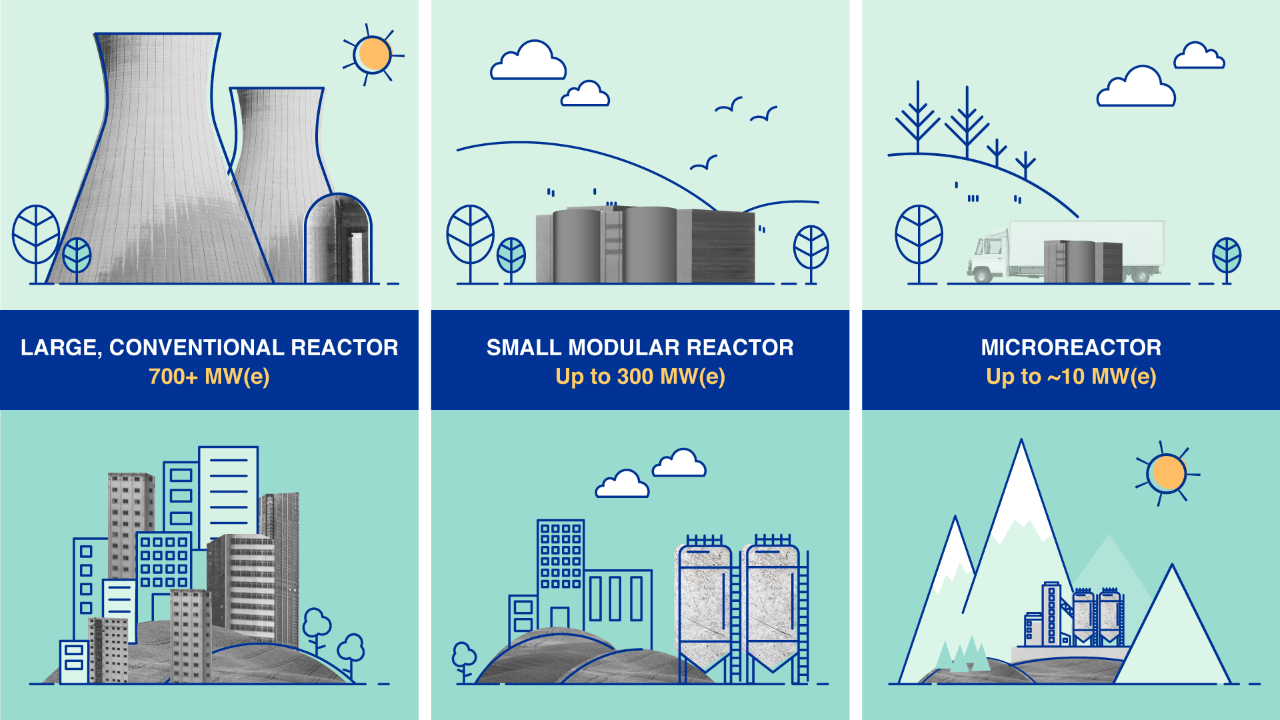Speech at the first General Assembly of the European Industrial Alliance on Small Modular Reactors
29 May 2024 Brussels 4 min read
Ladies and Gentlemen,
Good afternoon, everybody,
I’m delighted to open today’s first General Assembly of the European Industrial Alliance on Small Modular Reactors (SMRs). I’m especially happy to see, once again, such a great mix of participants.
We have here Member States, the nuclear industry, start-ups, SMEs, the nuclear research community, academia, and training and education institutions. You all bring your different perspectives to the table. And you all will contribute to the development and future safe deployment of Small Modular Reactors in Europe.
The stakes are high. At our last meeting in March, I spoke about how important it is to build a competitive European SMR industry for a more sustainable, cost-effective, and secure energy system. Our recent Climate Target Plan recommends reducing emissions by 90% by 2040 using all available low-carbon technologies.
Renewable energy, complemented by nuclear energy in some Member States, is projected to cover over 90% of the EU’s electricity consumption in 2040.
Fundamentally, this transition offers many technological and industrial opportunities. Especially for the EU clean tech industry, including in the nuclear sector.
We cannot let this chance slip by. We need to lean on our well-established nuclear industry, build on this base, and speed things up to develop an entire supply chain for SMRs by 2030. And the work needs to start now because otherwise we’ll be behind in the international race.
Ladies and Gentlemen,
This is the context of why we have set up this SMR Industrial Alliance and why we are here today. But what I want to focus on now is what we expect from the Alliance. Let me leave you with three key messages.
First, the focus of this Industrial Alliance needs to be on concrete projects and technologies. We’re counting on the Alliance to deliver in very practical terms while respecting safety and environmental sustainability. What do I mean by this? I mean that it’s now time to move beyond R&D and generic discussions on technology. We need to stimulate the deployment of available and market ready SMR designs in the next decade. We also need to support, in parallel, innovation for new technologies. As I said earlier, global competition is picking up pace. It’s the Alliance’s role to help position Europe in that race and ensure our technological and industrial capacity on SMRs. We’ll be especially counting on startups to push these developments forward. They have innovation and agility capabilities and can use resources of well-established industrial or research centres.
Second, the Alliance will need to face challenges associated to the development of SMRs head on. Up to now, we have been far too slow in addressing issues linked to new technologies. The topics range from supply chain and financing to skills and competences, and from safety and waste management to how we engage the public. This needs to change if we want SMRs to make a mark in the next decade and beyond. All these aspects will need to feature prominently in the work of the Alliance. So I am happy to hear that they are well included in the scope of the Technical Working Groups that will be proposed to you today.
Third, I want to thank everyone for taking such an interest in this Alliance. We have already received more than 300 applications from very diverse types of entities. All applications received before the original deadline of 12th April 2024 have been assessed and applicants received information about the status of their application before the end of April. We’re still receiving applications and continue assessing them – so the Alliance will grow further. We will also foster collaboration between the Industrial Alliance and any other actors committed to advancing SMRs’ development in Europe. This includes those from our like-minded international allies such as UK, US, and South Korea.
Ladies and Gentlemen,
We have come a long way since the European Nuclear Energy Forum in Bratislava last November, where I promised to work swiftly on establishing an EU Industrial Alliance for SMRs. Right after this first General Assembly, the Alliance will be operational. The immediate next steps will be the Alliance’s technology roadmaps by Q4 this year and its Strategic Action Plan by Q1 next year. There is a lot of momentum right now and I hope you can make the most of it to deliver results fast.
Let me end by underlining that opinions on nuclear energy vary among Member States. It is up to each of them to decide their own energy mix. This means considering different perspectives on nuclear and ensuring that we remain transparent, open, and inclusive. The policy debate in Europe on decarbonisation pathways and on the future of the EU’s energy system must bring everybody together.
It should not create divisions between different low-carbon technologies. Or between different SMR projects. Europe will need all low-carbon sources to play their role in meeting our decarbonisation challenge. And this new SMR Industrial Alliance is an important step in this direction. I will continue to work, together with my fellow Commissioners, to make this Alliance a full success.
Thank you for your attention and I look forward to our cooperation.
Source – EU Commission

